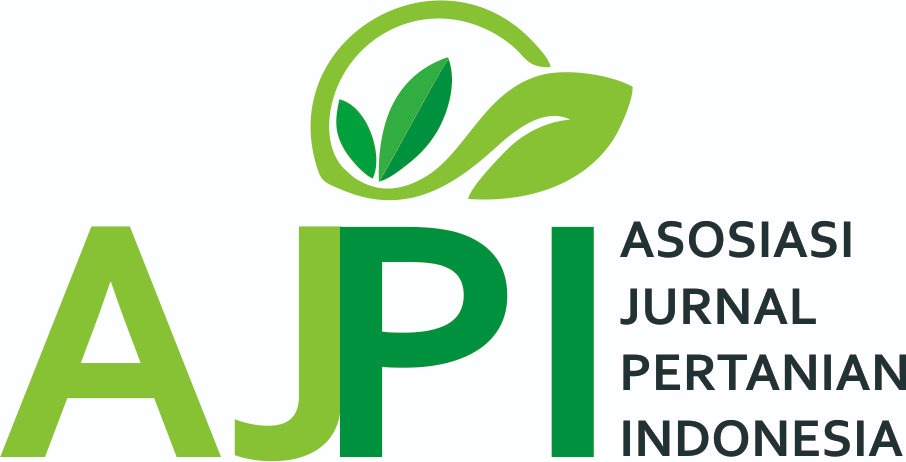Respon Pertumbuhan dan Produktivitas Tanaman Kedelai (Glycine max L.) Varietas Dering 1 terhadap Pemberian Rhizobium
DOI:
https://doi.org/10.33005/plumula.v13i2.251Keywords:
Growth, Nitrogen fixation, Optimal dosage, Productivity, Rhizobium, SoybeanAbstract
Kedelai (Glycine max L.) merupakan komoditas strategis penghasil protein nabati, namun produktivitasnya sering terhambat oleh defisiensi nitrogen. Penelitian ini bertujuan mengevaluasi pengaruh pemberian Rhizobium sp. terhadap pertumbuhan dan produktivitas kedelai varietas Dering. Percobaan menggunakan Rancangan Acak Kelompok Lengkap (RAKL) dengan tiga perlakuan dosis Rhizobium (0 mg, 5 mg, dan 10 mg per tanaman) dan lima ulangan. Hasil menunjukkan bahwa dosis 5 mg meningkatkan tinggi tanaman secara signifikan (81,28 cm), sedangkan dosis 10 mg meningkatkan jumlah daun (23,8 helai), cabang (2,8 cabang), dan polong (38 polong per tanaman). Analisis statistik (ANOVA pada taraf signifikansi 5%) mengonfirmasi perbedaan nyata antar perlakuan. Simbiosis Rhizobium-kedelai efektif mendukung fiksasi nitrogen dan mengurangi ketergantungan pada pupuk anorganik. Dosis 10 mg direkomendasikan untuk produktivitas optimal.
Downloads
Downloads
Published
How to Cite
Issue
Section
License
Copyright (c) 2025 Yusuf Rachmandhika, Syafina Pusparani, Wahyu Nurkholis Hadi Syahputra

This work is licensed under a Creative Commons Attribution 4.0 International License.
Authors who publish with this journal agree to the following terms:
- Authors retain copyright and grant the journal right of first publication with the work simultaneously licensed under a Creative Commons Attribution License that allows others to share the work with an acknowledgement of the work's authorship and initial publication in this journal.
- Authors are able to enter into separate, additional contractual arrangements for the non-exclusive distribution of the journal's published version of the work (e.g., post it to an institutional repository or publish it in a book), with an acknowledgement of its initial publication in this journal.
- Authors are permitted and encouraged to post their work online (e.g., in institutional repositories or on their website) prior to and during the submission process, as it can lead to productive exchanges, as well as earlier and greater citation of published work (See The Effect of Open Access).











